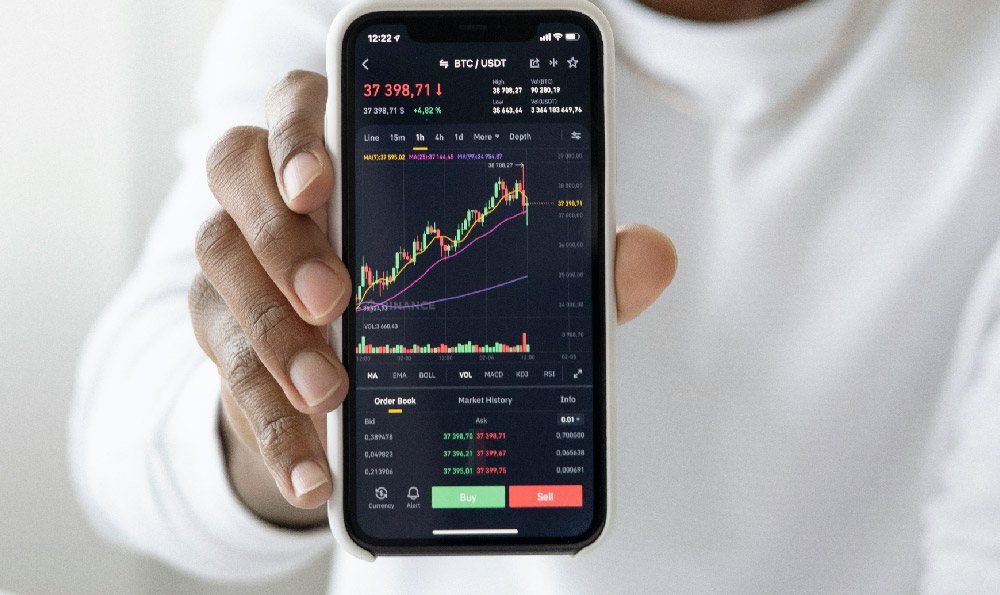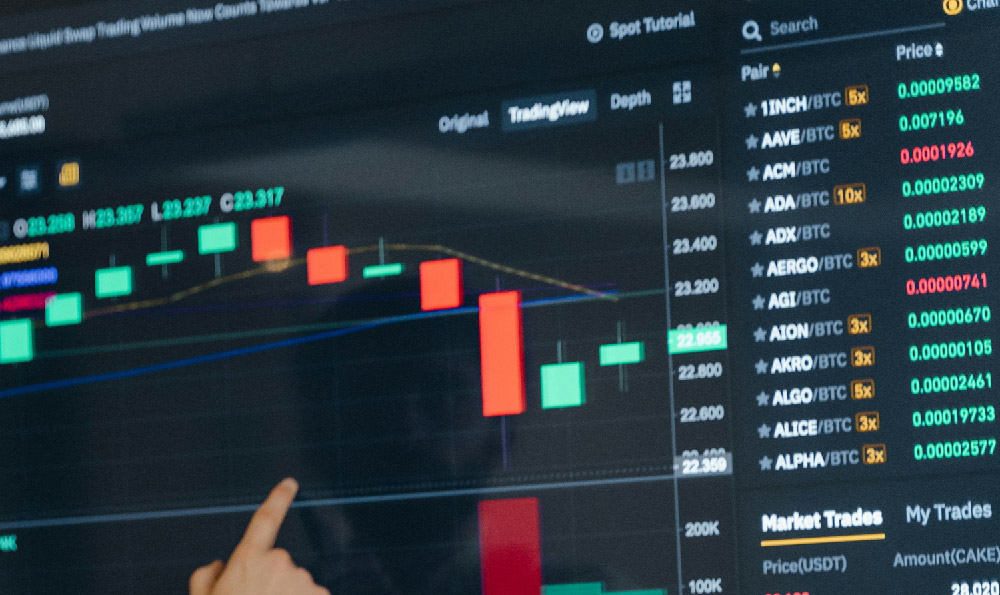Okay, I'm ready. Here's an article answering the question "How do Bondsmen Earn Money, and Where Does It Come From?" written from the perspective of an investment and finance expert:
The world of bail bonds is often shrouded in mystery, a place where legal complexities meet high-stakes financial transactions. At the heart of this system lies the bondsman, a figure who navigates this complex terrain to make a living. Understanding how bondsmen earn money, and the origins of those funds, provides a crucial insight into the bail bond industry itself. It’s not just about handing over cash; it’s a carefully calculated risk assessment intertwined with significant legal and financial obligations.
The primary source of income for a bondsman is the premium they charge for posting a bail bond. This premium is essentially a non-refundable fee paid by the defendant (or more often, their family or friends) in exchange for the bondsman’s guarantee to the court that the defendant will appear for all scheduled court dates. This premium typically ranges from 10% to 15% of the total bail amount. For example, if a defendant's bail is set at $10,000, the bondsman would charge a premium of $1,000 to $1,500. Crucially, this premium is not returned to the person who pays it, regardless of whether the defendant appears in court or not. This upfront payment represents the bondsman's fee for taking on the considerable risk involved.

The seemingly straightforward premium belies the deeper financial infrastructure underpinning the bondsman’s operation. Bondsmen don’t simply pull cash out of their own pockets to cover bail amounts. Instead, they work with surety companies, which are large insurance companies specializing in guaranteeing financial obligations. The bondsman acts as an agent for the surety company, posting bonds on their behalf. The surety company, in turn, requires the bondsman to provide collateral or a line of credit as security against potential losses. This collateral can take various forms, including cash, real estate, or other assets.
This relationship is critical because the surety company is the one ultimately responsible for paying the full bail amount to the court if the defendant fails to appear. The bondsman's role is to manage the risk and ensure the defendant's compliance. This involves thorough investigation of the defendant's background, including their employment history, community ties, and any prior criminal record. The bondsman assesses the likelihood of the defendant fleeing and uses this information to determine whether to post the bond and, if so, under what conditions.
Besides the premium, bondsmen may generate additional income through various means. They might charge fees for services beyond simply posting the bond. These services could include transportation for the defendant to and from court, assistance with finding legal representation, or even providing monitoring services to ensure compliance with court orders. These additional fees are usually outlined in the contract signed between the bondsman and the defendant (or their representative).
Another potential source of income, although less desirable, comes from forfeited bonds. If a defendant fails to appear in court, the bail is forfeited, and the surety company is liable to pay the full bail amount. The bondsman then has the responsibility to locate and apprehend the defendant to return them to custody. If successful, the surety company may reinstate the bond (and the bondsman gets to avoid a substantial financial loss). However, if the defendant cannot be found, the bondsman must cover the forfeited bail amount. This is where the collateral provided to the surety company comes into play. The surety company can seize the bondsman's collateral to recoup the lost funds. To mitigate this risk, bondsmen often employ bounty hunters (also known as skip tracers) to track down absconded defendants. The expense of hiring these bounty hunters can be considerable, further highlighting the significant financial risk involved in the bail bond business.
The funds that ultimately sustain the bondsman's operation originate from several key sources:
-
Defendant/Family/Friends: The most direct source is the premium paid upfront. This represents the bondsman’s direct revenue.
-
Surety Companies: These companies provide the financial backing and insurance necessary for the bondsman to operate. They essentially provide the “wholesale” capital that the bondsman "retail sells". The surety company's funds come from their own capital reserves and the premiums they collect from bondsmen across their network.
-
Collateral: The bondsman's personal assets, pledged as collateral to the surety company, represent a crucial backing source. This collateral provides a safety net for the surety company and ensures the bondsman has "skin in the game".
-
Reinstated Bonds: When a defendant is apprehended and returned to custody after a bond forfeiture, the bond is often reinstated, saving the bondsman from significant financial loss.
It's also important to acknowledge the ethical and societal considerations surrounding the bail bond industry. Critics argue that the system disproportionately affects low-income individuals who cannot afford to pay bail, leading to pre-trial detention and potential job loss. The profit motive inherent in the bail bond system also raises concerns about potential conflicts of interest, as bondsmen may be incentivized to prioritize financial gain over the well-being of defendants. Furthermore, the reliance on bounty hunters can raise concerns about potential abuses of power and violations of civil rights.
In conclusion, a bondsman's income primarily comes from the non-refundable premiums they charge for posting bail bonds. However, their operations are deeply intertwined with surety companies, which provide the financial backing and require collateral as security. The bondsman's ability to generate income depends on their ability to accurately assess risk, manage their relationships with surety companies, and successfully ensure that defendants appear in court. The origins of the funds that sustain their business ultimately trace back to the defendant (or their network), the surety companies, and the bondsman's own assets. Understanding this intricate financial web is crucial for anyone seeking to navigate the complexities of the bail bond system or analyze its broader societal impact. The bail bond industry is more than a simple transaction; it represents a complex interplay of risk, finance, and the administration of justice.












